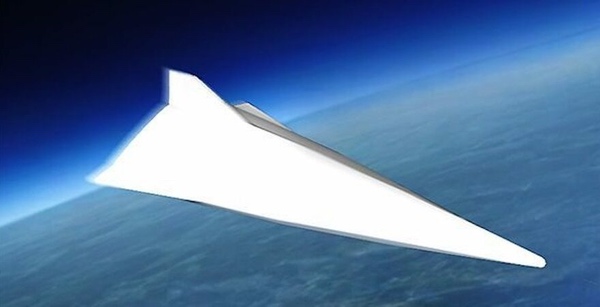Space-to-ground capabilities are the answer to deterring invasion of Taiwanby Christopher Stone
|
| Such a capability, if fully deployed, could provide a game-changing threat to US and allied forces in the Indo-Pacific—and, if Russia re-joins the FOBS club, to the entire world. |
A fractional/orbital bombardment system (F/OBS) is a weapon system capable of launching a weaponized payload (conventional or nuclear) in an orbital trajectory for most of an Earth orbit or into orbit for later use upon a terrestrial target. This system was first demonstrated by the Soviet Union in the late 1960s and was operational for several years. While some, like retired General Ira Eaker, believed this to be a violation of the Outer Space Treaty, Secretary of Defense McNamara believed that since it typically didn’t fly a full orbit of the Earth, it therefore did not violate treaty’s prohibition on weapons of mass destruction, and the Soviets were able to keep their system for years.
A standard warhead capable of reaching any point on earth from space is a scary prospect. China’s demonstration of a hypersonic glide vehicle therefore adds another layer of capability that the US currently has no defense against.
Why couple a hypersonic glide vehicle (HGV) with a F/OBS? The FOBS-HGV combination is designed to exploit weaknesses in US space surveillance, missile warning and tracking, and missile defense systems to ensure a kinetic weapon (conventional or nuclear) can successfully conduct a surprise attack from space. Such a weapon could be launched into orbit or a partial orbit, de-orbit, and re-enter in a potential gap region of the space surveillance network. Then, at hypersonic speeds, it can fly low and maneuver, avoiding radar systems that are designed to track high flying ballistic missiles and that would not see the threat until it was too late. Such a capability, if fully deployed, could provide a game-changing threat to US and allied forces in the Indo-Pacific—and, if Russia re-joins the FOBS club, to the entire world. It would give China an almost impenetrable anti-access system capable of projecting force for “active deterrence” unmatched by the United States. Such a system combination defeats our warning networks as well as our defenses. Such a capability could be used as a credible deterrent against US intervention over Taiwan or in defense of its allies such as Australia and Japan.
| While the US has attempted for decades to avoid being perceived as an aggressor in, from, and to space, at the expense of our own space systems vulnerability, the Chinese have raised the bar of the threat. |
To counter this, the US must leverage the proven capabilities of our commercial space sector to rapidly prototype, test, and deploy a US FOBS system of our own. Regardless of if ours carries a kinetic energy weapon, a conventional munition, or something else, the Chinese also lack the ability to defend against such systems and could provide the means to penetrate China’s robust integrated air defense systems (IADS) and anti-ship systems, enabling air and naval forces closer ranges for operations in support of Taiwan or Japan.
It would also serve as a deterrent against an attack on Taiwan or Japan. Why? Because if the Chinese knew that the US had the capability and will to use space-to-ground weapons, and thereby can defeat their expanding IADS network in the Western Pacific, it could provide pause for Chinese leaders to see that the advantages they held to successfully execute an anti-access strategy had been negated, or at least could be.
While the US has attempted for decades to avoid being perceived as an aggressor in, from, and to space, at the expense of our own space systems vulnerability, the Chinese have raised the bar of the threat to a point where simply providing space support services from orbit is insufficient to provide the advantages our conventional forces need to succeed in a high-end conflict in the Pacific. The US must aim for an initial capability of space-to-ground via a FOBS system in the near term, and in the long term seek to deploy a system to constantly hold adversary forces at risk from space.
Note: we are using a new commenting system, which may require you to create a new account.
